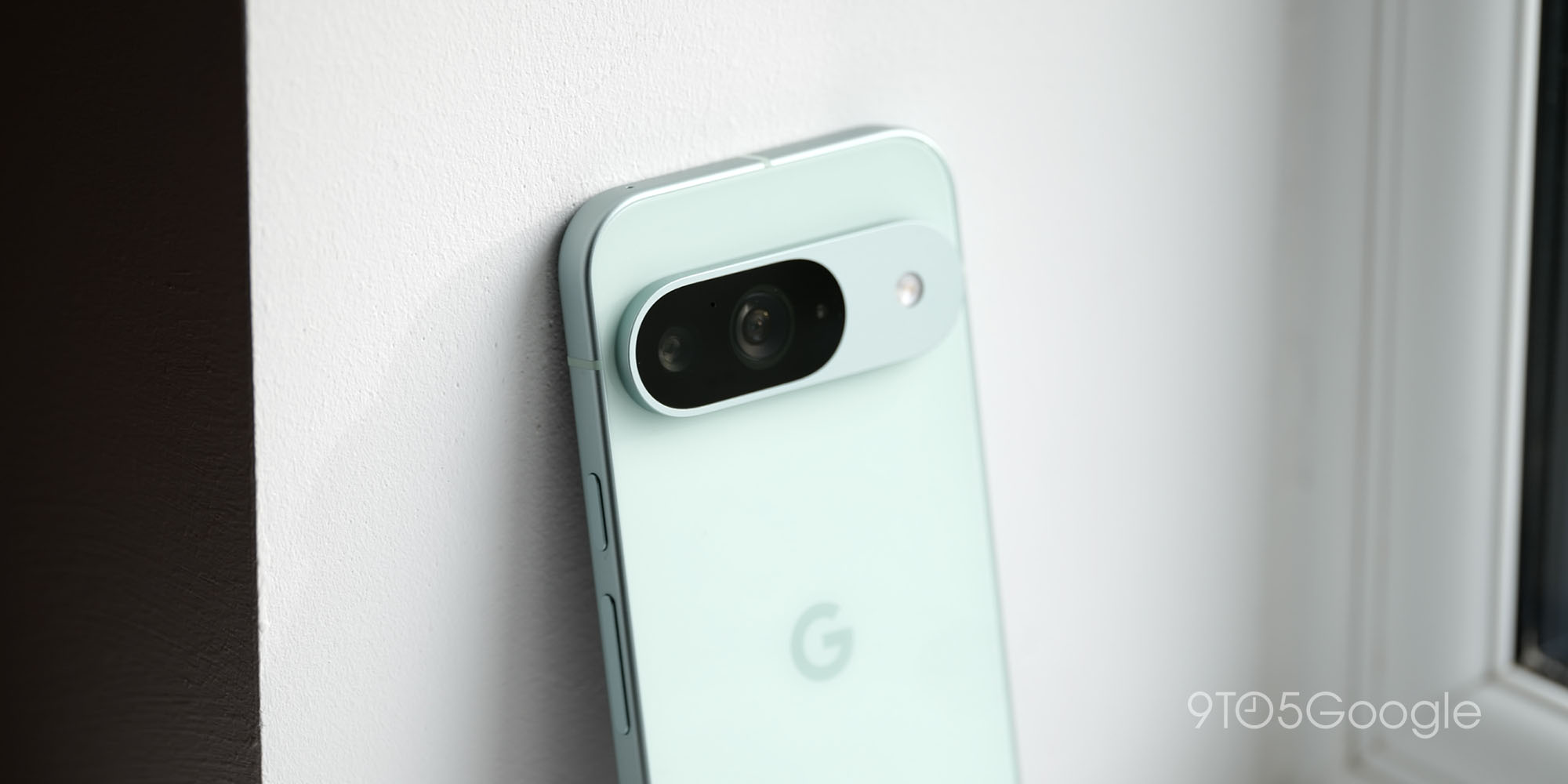
Google Pixel Phones Power Innovative Subway Track Inspection System in New York City
The bustling New York City subway system, a lifeline for millions of daily commuters, is undergoing a technological transformation aimed at enhancing track safety and maintenance. In an innovative partnership with Google, the Metropolitan Transportation Authority (MTA) embarked on a unique experiment: attaching Google Pixel phones to subway cars to gather critical data. This initiative, dubbed TrackInspect, seeks to leverage readily available technology and artificial intelligence (AI) to automate and expand track-safety inspections and repairs, ultimately improving the efficiency and reliability of the city’s extensive rail network.
With over 3 million people relying on the subway each day, the MTA faces a monumental task in ensuring the safe and smooth operation of its infrastructure. Traditional human-powered methods of identifying, tracking, and addressing track defects are effective, but they also have limitations. The sheer volume of traffic and the complexity of the subway system demand a more streamlined and efficient approach. The MTA recognized the potential of automation and AI to supplement existing efforts, leading to the collaboration with Google and the development of TrackInspect.
Instead of investing in specialized, costly hardware, the MTA and Google Public Sector opted to experiment with off-the-shelf Google Pixel phones. The idea was simple: equip subway cars with multiple Pixel phones and utilize their built-in sensors and microphones to collect audio, movement, and geographic data. This data would then be fed into AI training models, which could learn to identify patterns and anomalies indicative of track defects.
The Pixel phones acted as sophisticated listening devices, capturing the symphony of sounds within the subway tunnels. The familiar screeches, heavy crashes, and jarring bumps experienced by commuters could potentially be translated into actionable information about specific track locations requiring attention. Similarly, the phones’ accelerometers and gyroscopes could detect subtle vibrations and movements indicative of underlying problems. By correlating this data with geographic location, the AI models could pinpoint the precise location of potential defects for repair teams.
The TrackInspect project aimed to automate a significant portion of the defect flagging system. While human inspection would still be necessary to confirm and assess the severity of identified issues, the AI system would serve as a powerful filter, highlighting areas of concern and directing inspectors to the most critical locations.
The results of the TrackInspect experiment were impressive. Analysis of the data collected by the stowaway Pixel phones revealed a high degree of accuracy in identifying track defects. According to reports, 92% of the defects flagged by the AI system were subsequently corroborated by human inspectors. While the project still relied on human inspectors to analyze the collected audio and vibration recordings, the system achieved an 80% success rate in accurately identifying issues.
Over the course of the experiment, the TrackInspect project amassed a vast trove of data, including 335 million sensor readings and 1,200 hours of audio recordings. This wealth of information was then used to train approximately 200 individual AI models specifically tailored to the task of identifying subway track defects. These models learned to recognize the unique acoustic signatures and vibration patterns associated with various types of track problems, enabling them to flag potential issues with remarkable accuracy.
The success of the TrackInspect project demonstrates the potential of readily available technology and AI to revolutionize infrastructure maintenance and management. By leveraging the power of everyday smartphones, the MTA was able to collect valuable data and develop sophisticated AI models at a fraction of the cost of traditional methods.
While the initial experiment focused on using Google Pixel phones, the ultimate goal is to implement this technology more broadly, potentially with specialized hardware designed specifically for this purpose. The TrackInspect project served as a proof of concept, demonstrating that the technology available today can be implemented at relatively low cost with the proper AI models and expertise.
The implications of this project extend far beyond the New York City subway system. The same principles and techniques could be applied to a wide range of infrastructure maintenance tasks, from inspecting bridges and roads to monitoring pipelines and power grids. By embracing the power of AI and readily available technology, cities and organizations can improve the efficiency, safety, and reliability of their critical infrastructure.
The partnership between the MTA and Google represents a forward-thinking approach to problem-solving, leveraging innovation and collaboration to address the challenges of maintaining a complex and aging infrastructure. The TrackInspect project demonstrates that even seemingly ordinary devices like smartphones can play a significant role in shaping the future of infrastructure management, paving the way for safer, more efficient, and more reliable transportation systems for all. The success of TrackInspect marks a significant step towards a future where AI-powered systems work hand-in-hand with human experts to ensure the integrity and performance of the critical infrastructure that underpins modern society. The MTA and Google’s collaboration is an inspiring example of how innovation can transform even the most established industries, improving the lives of millions of people in the process.
